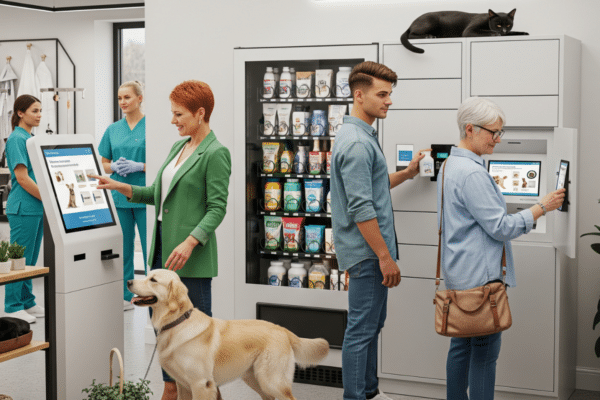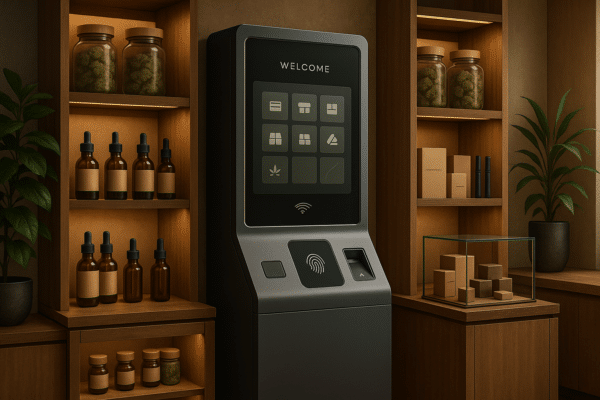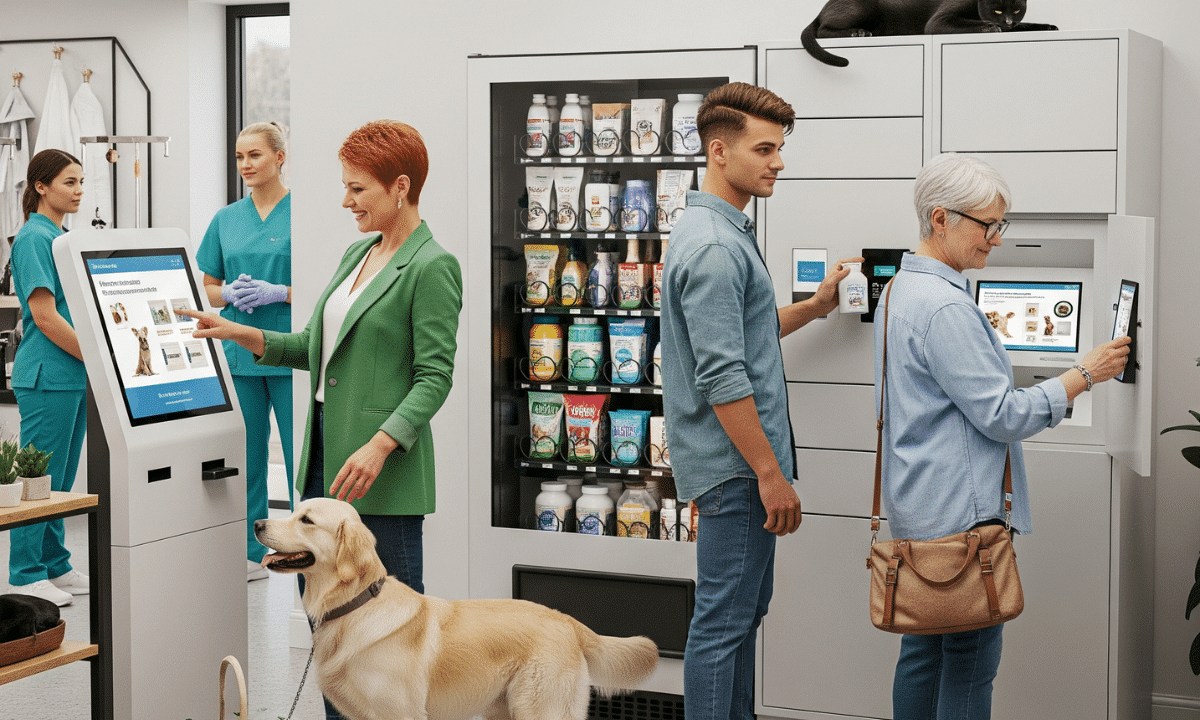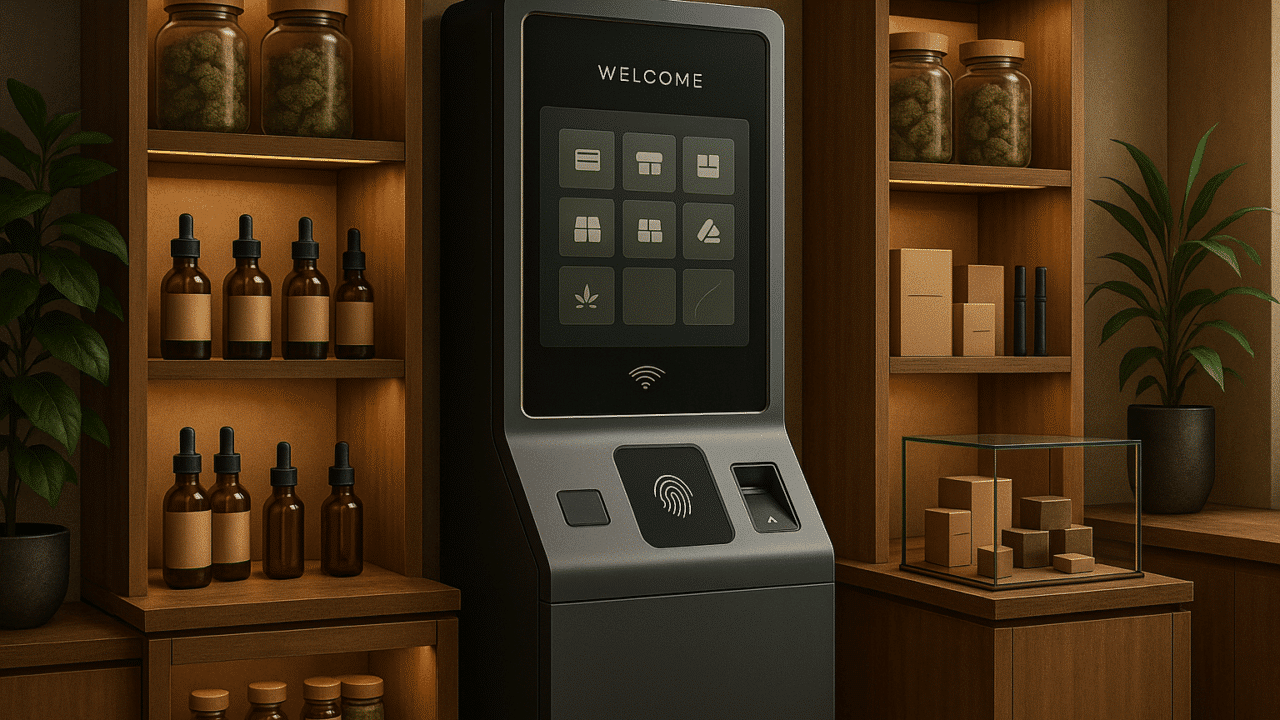
Another unpredictable holiday season offers retailers another chance to shine
As we move into another pandemic holiday season, some of the same problems that plagued retailers in 2020 still persist in 2021. Around the world, retailers are dealing with severe staff shortages, along with a truck driver shortage and shipping delays that are slowing down the supply chain and resulting in a lack of inventory. These challenges are expected to impact holiday shopping and continue into next year. The good news? We’ve been here before, and there are ways for retailers to still shine this holiday season.
Dealing with labor shortages
The numbers aren’t pretty. In the retail sector, Salesforce forecasts that around 350,000 missing workers will cost companies $223 billion by the holiday season. Outside of offering rich incentives and higher holiday pay to draw in workers, retailers must maximize the labor they do have in-store. At T-ROC, we’re helping our retail clients utilize inventory-tracking technology like RFID, which stands for radio frequency identification.
This technology benefits retailers two-fold: it offers extreme accuracy when it comes to store inventory, and it frees up employees’ time to do other things like assist in-store customers or stock shelves.
When items are ticketed with RFID tags, each one with a unique tag, the product can be tracked from the warehouse to the store floor. Instead of laboriously pointing and scanning individual items, one sales associate can use a wand to scan an entire area in seconds for an easy, yet spot-on inventory audit. RFID ensures that missing inventory can be ordered or replenished and guarantees a desired item is actually in stock. There’s nothing worse than an angry and frustrated customer who’s driven to a store to buy an item that’s not actually there.
Another way to deal with limited holiday staff during the holidays is to cut, yet maximize, store hours. Offering customers’ holiday sales or incentives like free gifts with purchase during scheduled hours when you have the most workers can help manage or avoid a holiday rush you’re not staffed for. Making a personal effort to connect with customers, and even asking for their grace during shortages, can also go a long way with building customer loyalty.
Holiday shopping their way
Lessons learned from the pandemic still ring true this holiday season: Retailers need to make it easy for customers to shop their preferred way with various options. Consider these numbers in a Quantum Metric survey on 2021 holiday shopping behaviors: More than half of Americans did at least 75% of their shopping online in 2020, and half plan to do the same in 2021.
By now, retailers should have perfected buy online, pickup in-store (BOPIS) and curbside pick-up options. This also helps ensure shoppers will find a desired item at one of a retailer’s nearby locations they couldn’t find in stock online. Continuing the trend of purchasing items on social media, retailers will need to focus on selling direct to consumers on Instagram, Facebook and other social media channels. Retailers can also partner and cross-market with complementary brands and participate in pop-ups or holiday markets.
Battling merchandise shortages
While major retailers like Costco, Home Depot and Walmart have chartered container ships to transport goods stuck overseas, that’s not feasible for every business, especially smaller retailers.
Retailers should be in constant communication with partners and suppliers for up-to-date information on the status of goods, so they can manage customers’ expectations and create a contingency plan. Retailers can also remedy shipping problems by using a shared truckload, where different companies share trailer space in a single truckload.
With many hot items, especially electronics, that may not make it for the holiday rush, retailers could also consider a “buy now” plan. Have an email campaign ready to go apologizing for an item that’s delayed or not in stock, and offer a buy-now, receive-when-in-stock option. Another way to keep customers’ attention, is to offer viable substitutes for those preferred items that are not available. Consider a “similar item” suggestion tab for online customers to review for an alternate product, or even email promotions with suggested holiday gifting of hot items you do have in stock. When it comes to in-store shopping, having knowledgeable sales associates that can direct customers to models that are equal in quality and performance is key. If a desired model isn’t available, they should be ready to offer another brand, style or color.
Once again, this holiday season will be unusual and unpredictable, but retailers do have a road map from last year to make sure it’s still profitable and successful.
Reference: South Florida Business Journal








